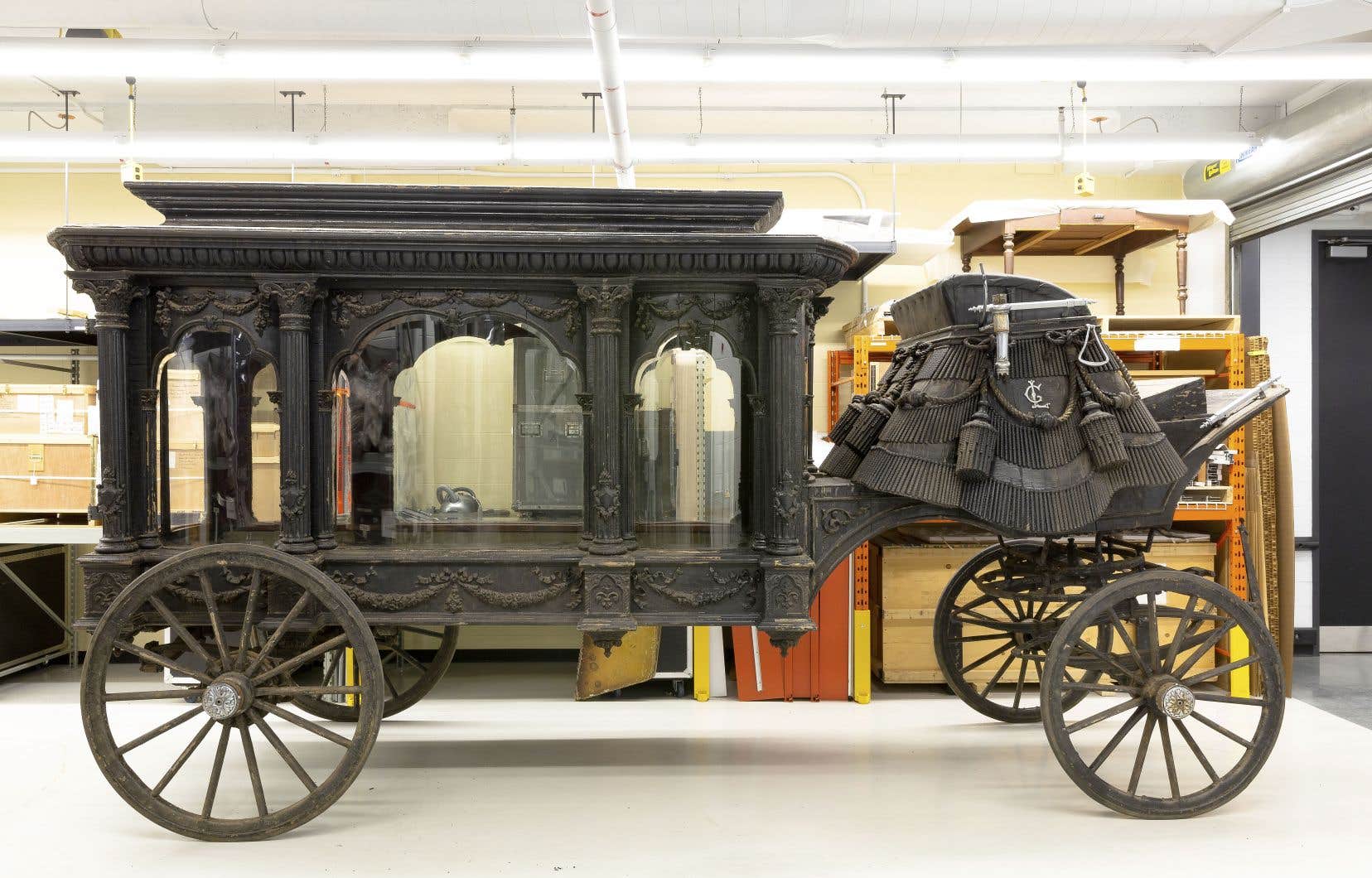The time of Quebecers has had its day. The Musée de la civilization exhibition devoted to the history of Quebec packed up last January after being seen by thousands of visitors over nearly two decades. It will be replaced by an exhibition occupying a space three times larger, which is scheduled to open in May 2024.
“After more than 18 years, it was normal to ensure that our exhibition is up to date,” explains the President and CEO of the Museum, Stéphan La Roche, in an interview with the Duty. “Permanent” exhibitions have a limited lifespan, recalls the trained lawyer. “At some point, the material wears out, it ends up having a certain obsolescence. »
The future exhibition, whose name remains to be determined, will be deployed over 1,500 square meters. “It will be the largest exhibition hall that the Musée de la civilization will ever have, to my knowledge,” specifies Mr. La Roche.
This area will make it possible to integrate some of the 6,000 objects and fragments unearthed at the Cartier-Roberval archaeological site, near the mouth of the Cap Rouge River. “The beginning of the colony will be richly approached and illustrated,” he continues, referring to the first attempt at French colonization of Canada in 1541-1543.
Met
Visitors to this new space will see objects illustrating the theme of “encounter”, that with the indigenous peoples, but also with the immigrants of recent decades. The institution on Dalhousie Street also launched an appeal to everyone in December to collect objects bearing witness to the first contact of immigrants with Quebec. This call has been extended until March 26.
Will the British Conquest of 1759 be considered a form of “encounter”? Yes, replies Stéphan La Roche: “Meetings are not always positive. You have surely already experienced encounters in your life that are not pleasant! »
The designers of the new exhibition will have to find a place for the “palisaded rampart” of Beaucours, the discovery of which in Old Quebec was announced by Prime Minister François Legault himself in November 2018. A subsequent analysis, however, revealed that the pieces of wood of this artefact supposedly dated 1693 had rather been cut after 1750.
“It will occupy a space at the end of the exhibition to bring out the scientific approach that drives archaeologists and restorers,” explains press relations officer Agnès Dufour, referring to the mysterious structure. It is an opportunity to weave links between different statements that this discovery raises. »
Quiet overhaul
The Musée de la civilization has set up committees made up of young people, Aboriginal people and members of cultural diversity to validate and script the narrative framework of the future exhibition. This panel of experts notably includes historians Jean-Philippe Warren and Denyse Baillargeon, Innu poet Marie-Andrée Gill and writer Jean Désy.
“It’s not the revolution, insists Stéphan La Roche. We are going to deal with the major Quebec themes that were already there. That being said, there will probably be a finer, more up-to-date reading on the notions of inclusion and decolonization. »
Slavery Practiced in the St. Lawrence Valley Until the Beginning of the 19th Centurye century will also be evoked in the windows. “It will not be a theme as such, but it is certain that the question will be addressed, that, I can assure you, because there have been episodes in Quebec as everywhere in America. »
From its first version, in 2004, The time of Quebecers focused on the theme of diversity. “I’m from here and I’m from elsewhere”, launched an anonymous citizen turning on himself in the short film that accompanied the exhibition. “I don’t want to… isolate myself,” said another, sounding like a jew’s harp. The video produced by the National Film Board of Canada sparing the goat and the cabbage by asserting that the Conquest of 1759 was “neither providential nor catastrophic”, following a rather pointed historiographical presentation by Jacques Lacoursière, seen the clientele targeted by the exhibition.
The 2004 exhibition had undergone a major overhaul in 2017. The first fleur-de-lis hoisted on the Quebec Parliament Building in 1948 rubbed shoulders with Dédé Fortin’s Fender Telecaster and La Poune’s stage dress. Will these iconic objects be back within the walls of the Museum in the spring of 2024? “We have not reached that stage, replies Stéphan La Roche. Some items will return, but I couldn’t tell you which ones. If we renew, it is not to show the same things. »
The man who attended the opening of his Museum in 1988 as a guide-animator takes the opportunity to remind people of the importance of not overexposing certain artefacts. “There are objects that are more fragile, and after a while, they have to go ‘rest’ in our reserves. »
Isn’t the new exhibition likely to compete with the Blue Space planned at the top of the cliff overlooking the Musée de la civilisation? “The Espace bleu de Québec will deal more specifically with the history of the territory of the National Capital Region,” he argues.
